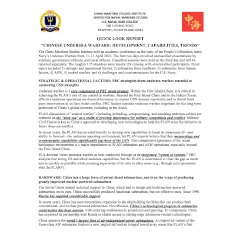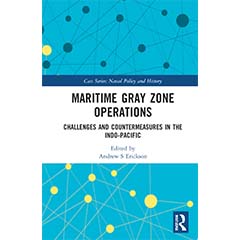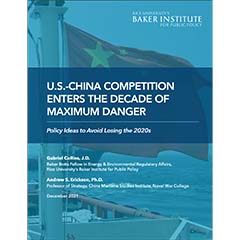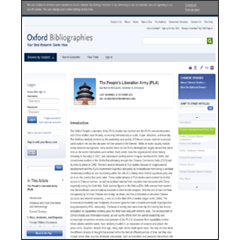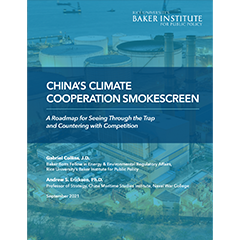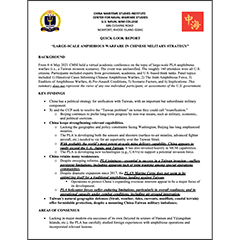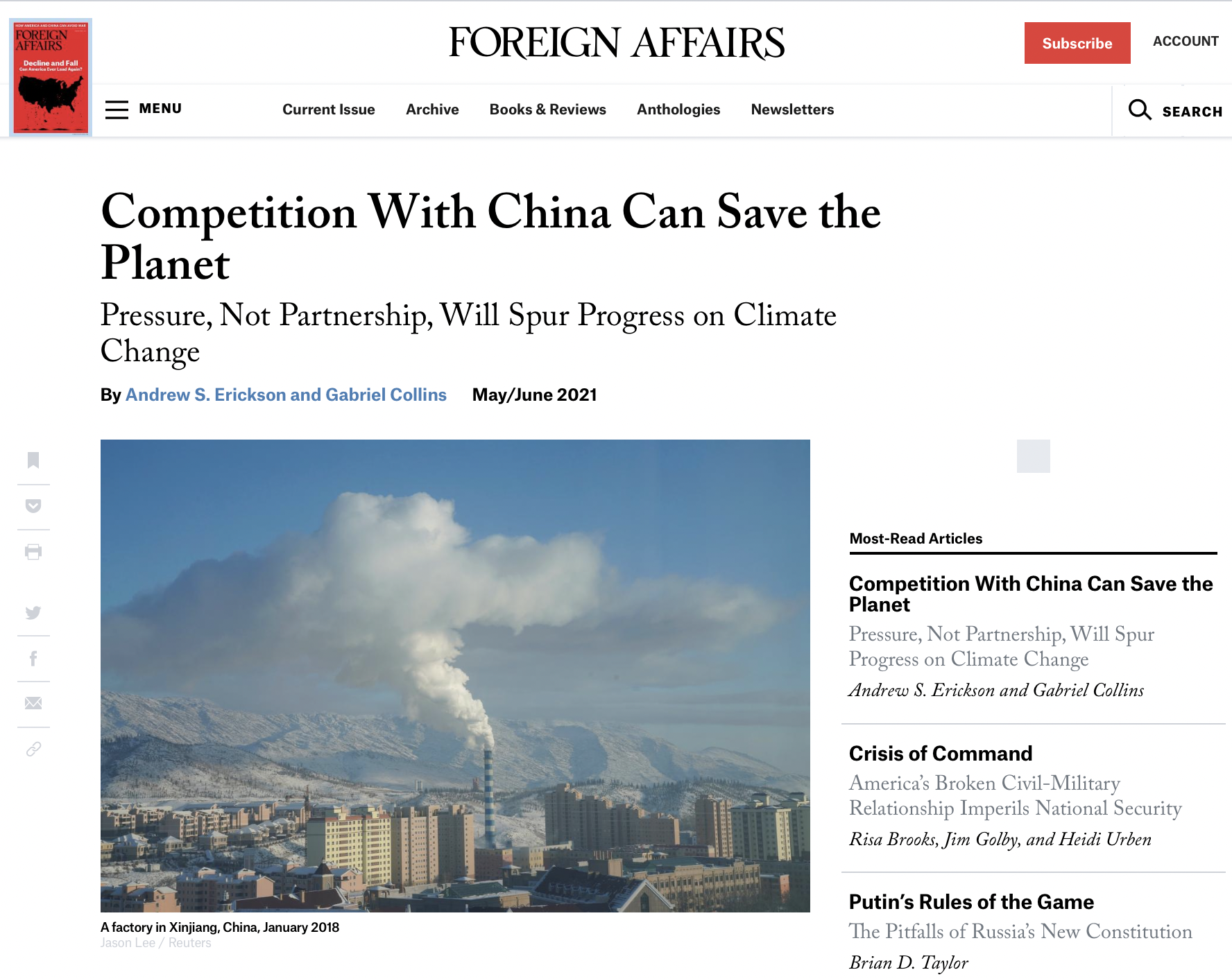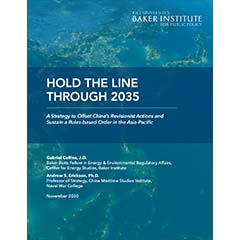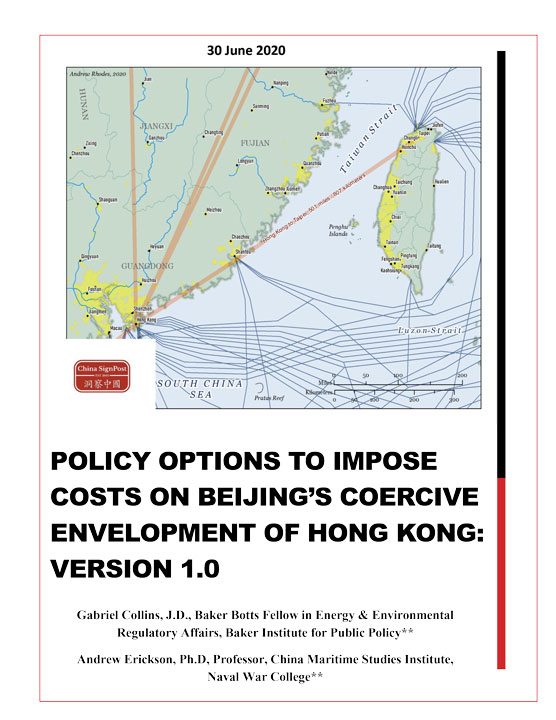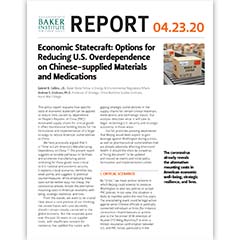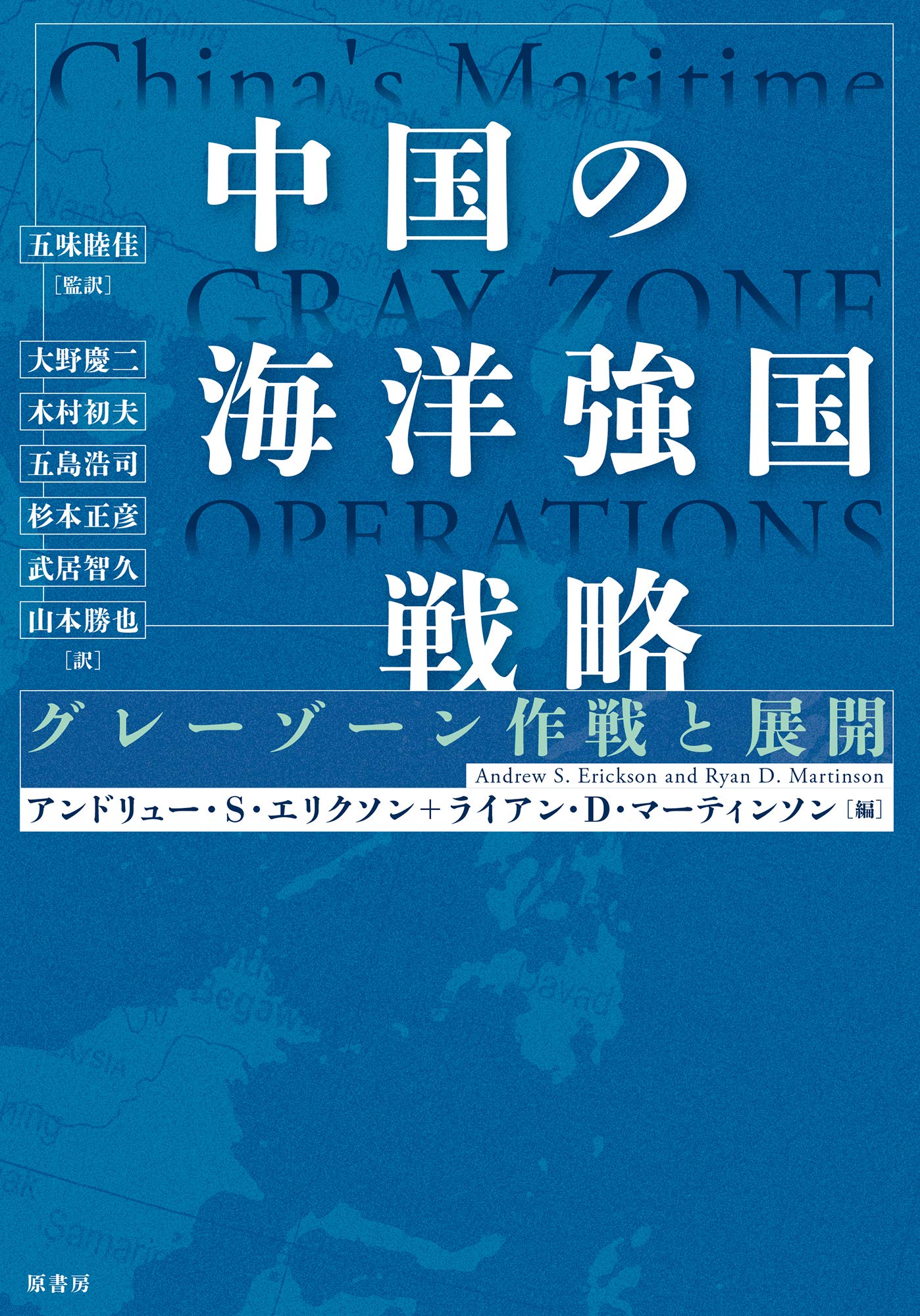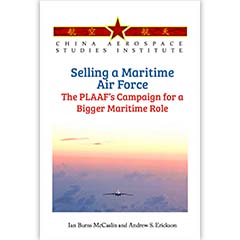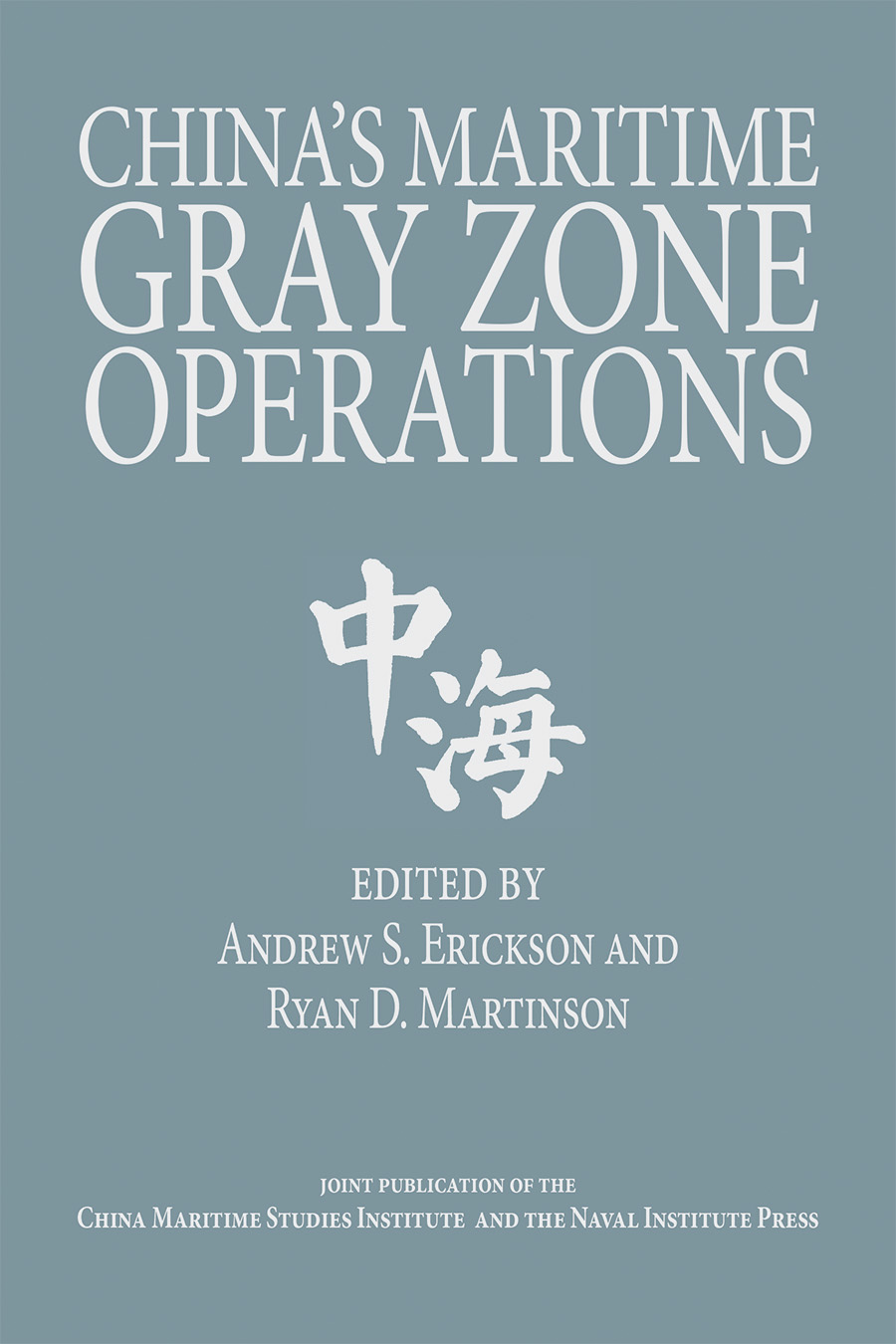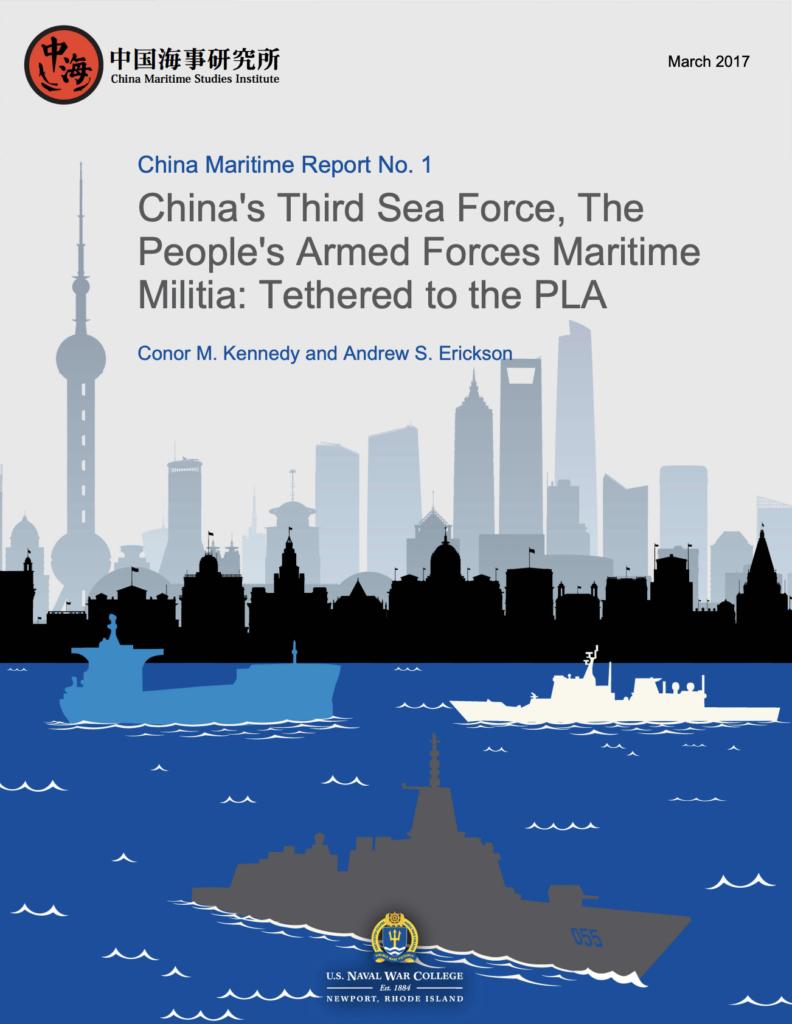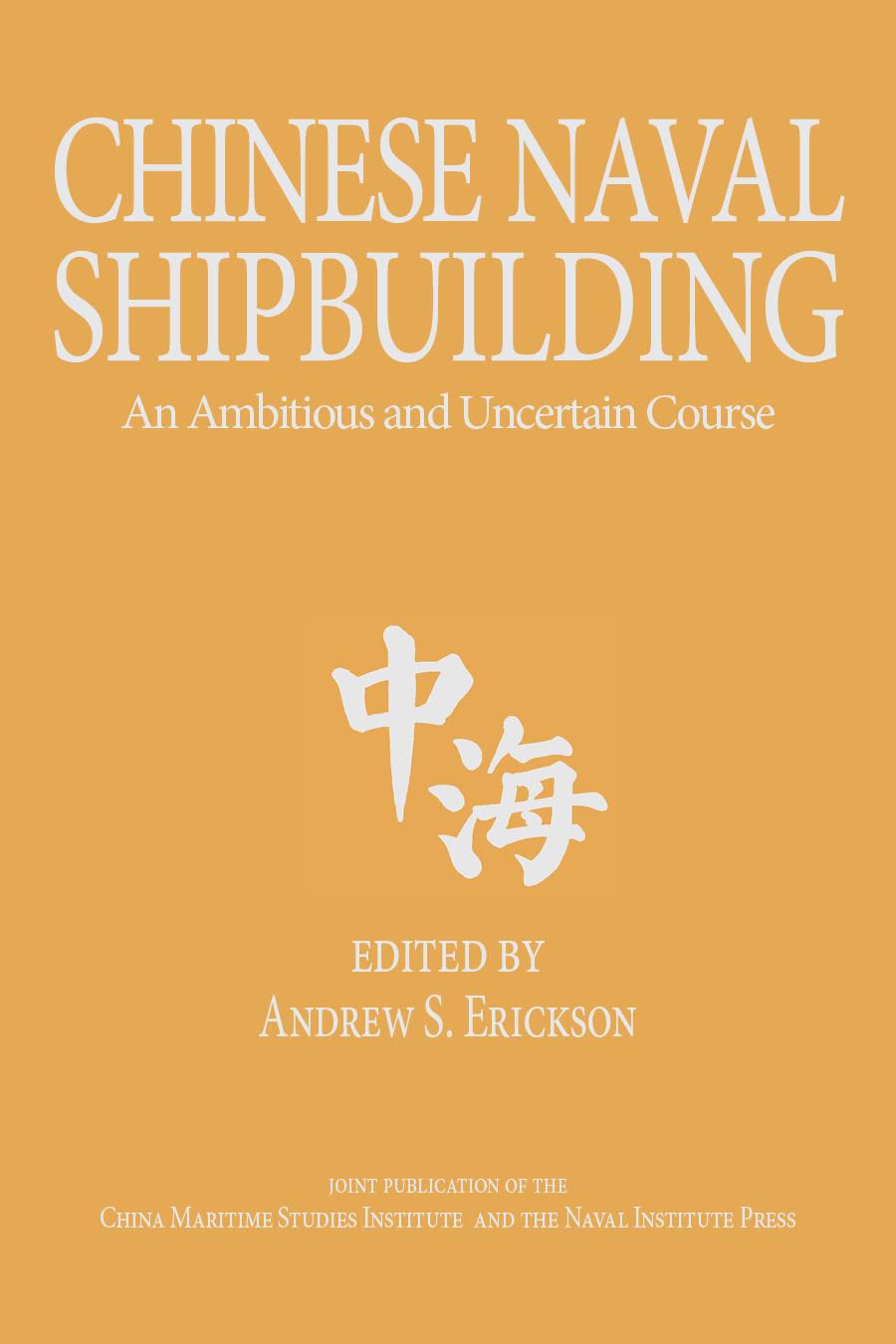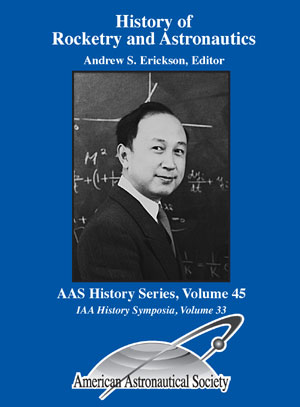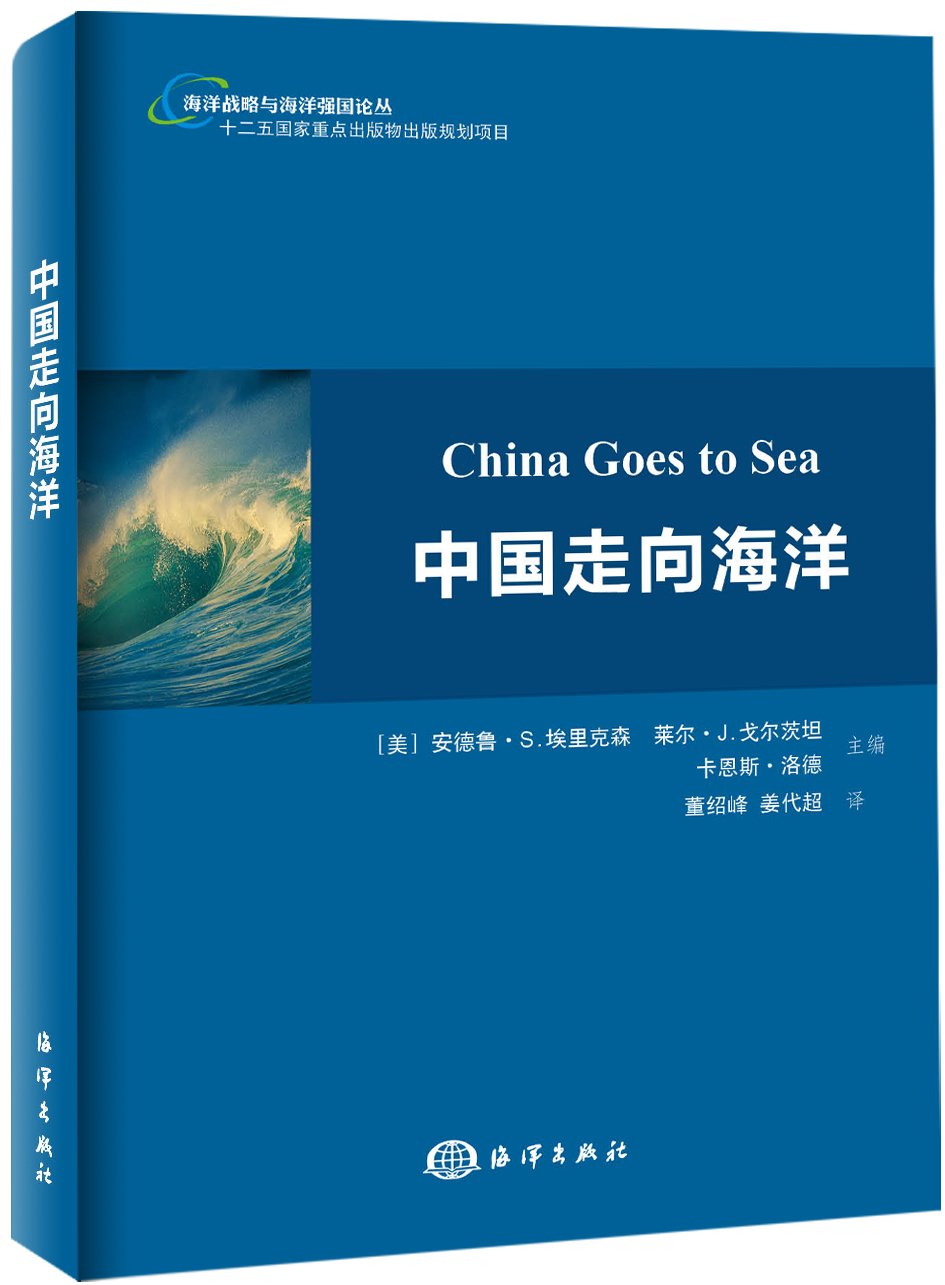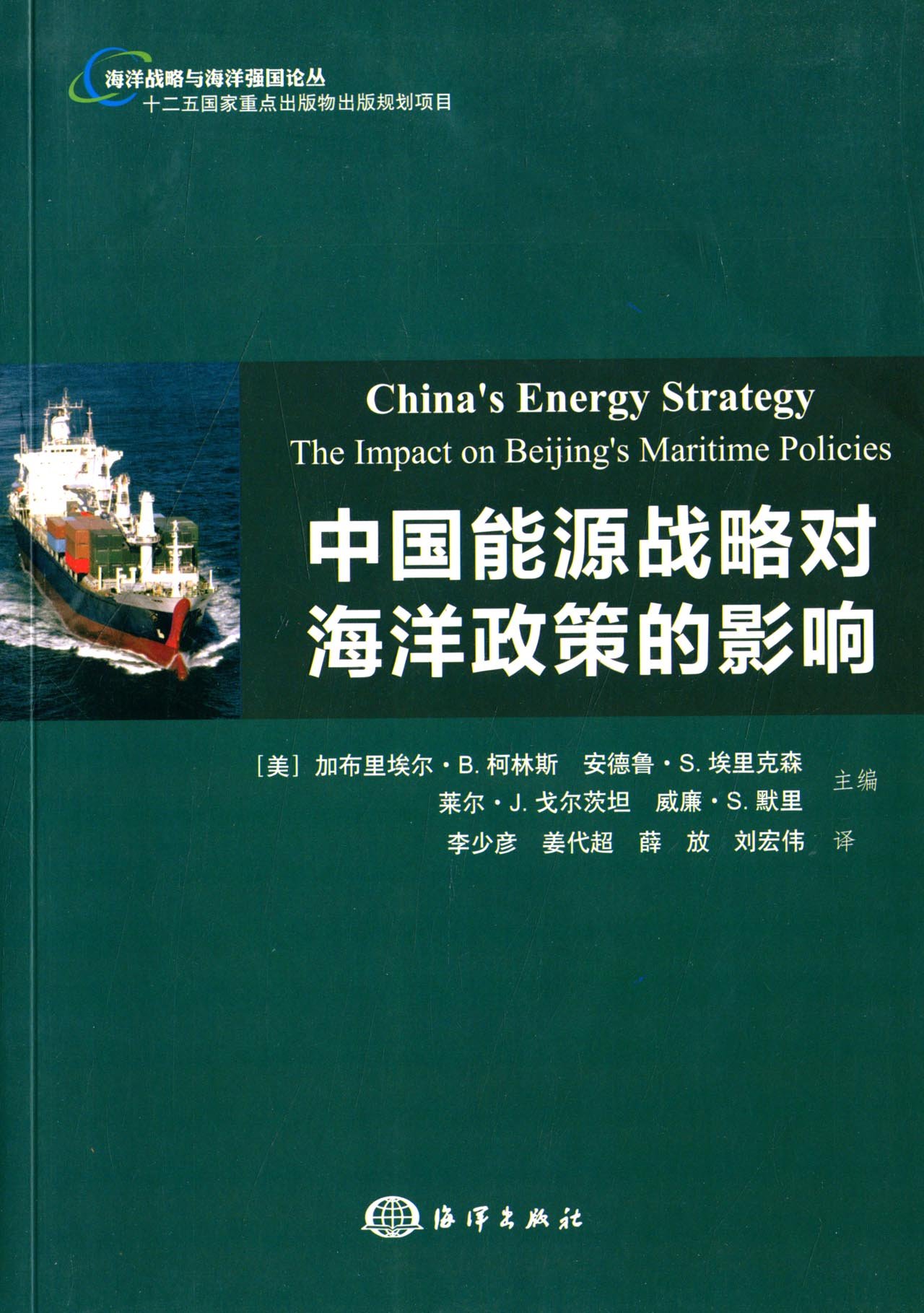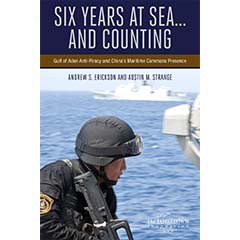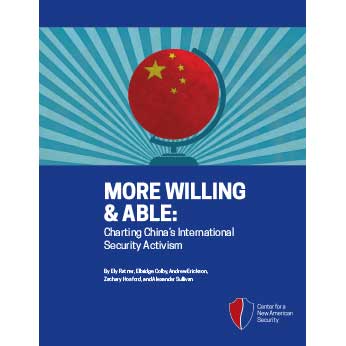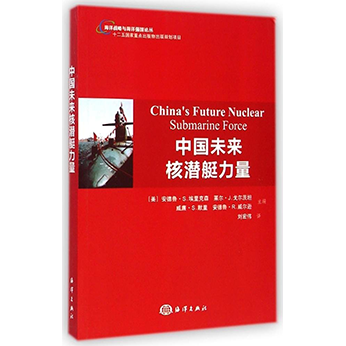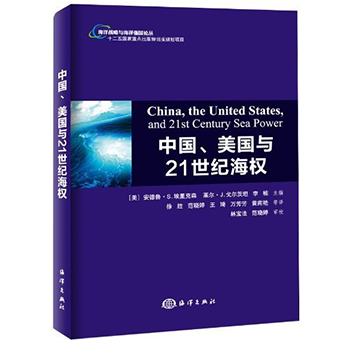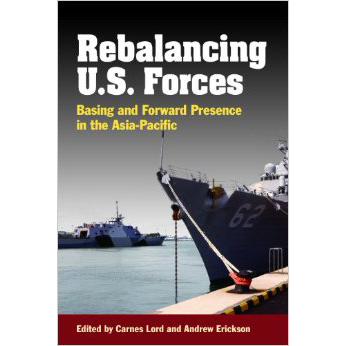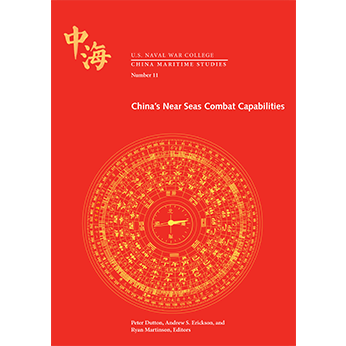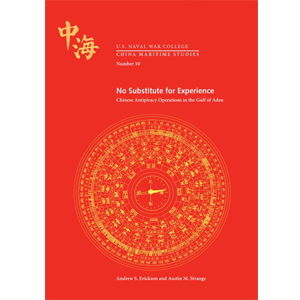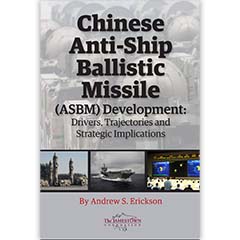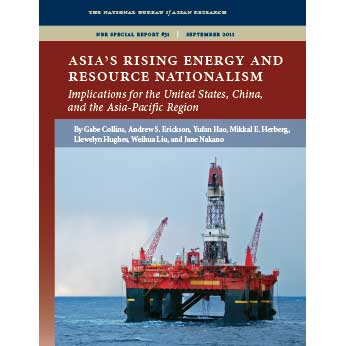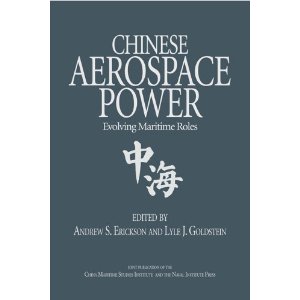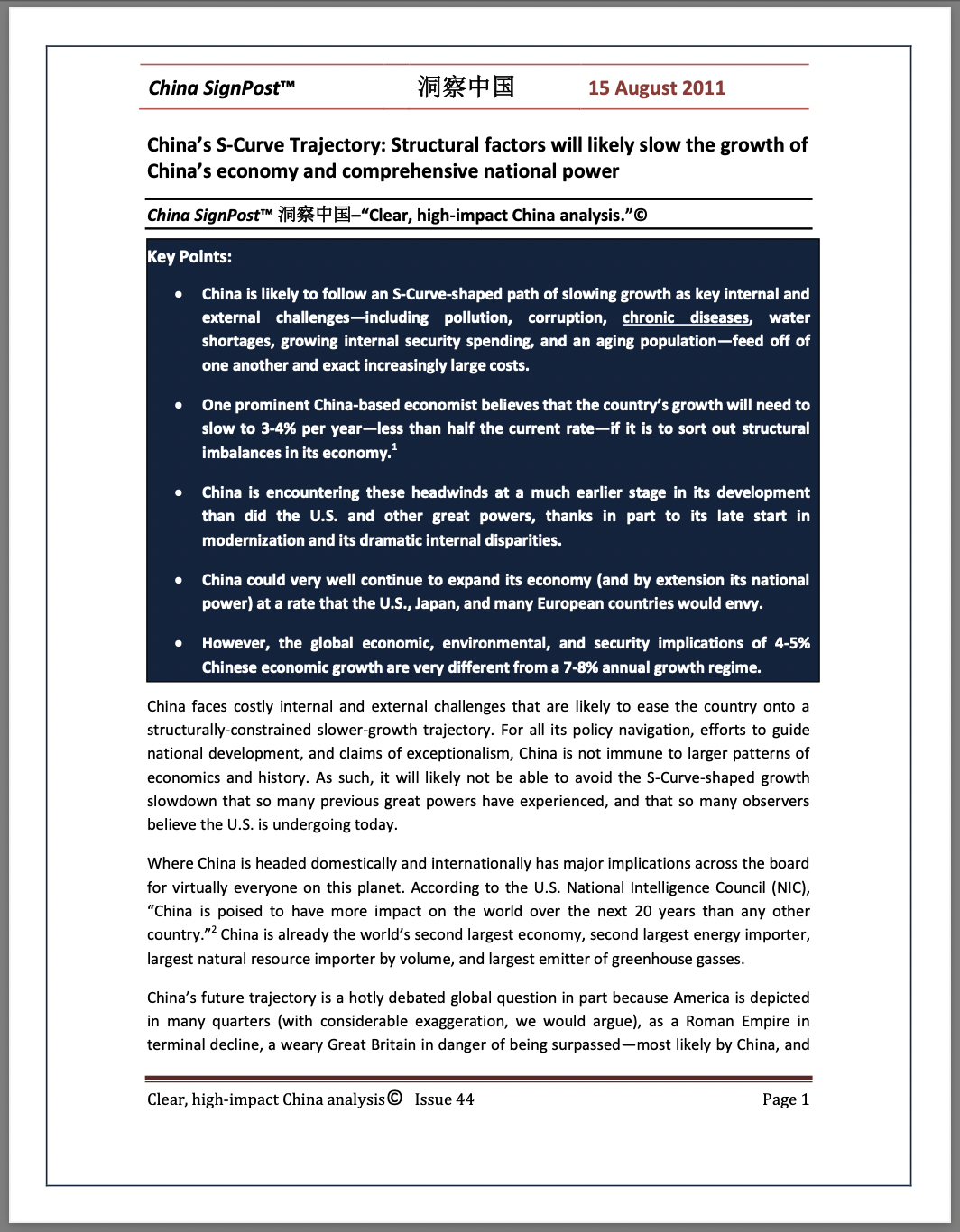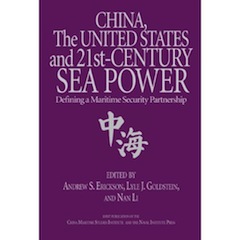“War and Peace—Past and Future,” Review of “China’s New Navy” & “Mao’s Army Goes to Sea”
Honored to publish lead book review in new double issue of Naval War College Review (combined Summer and Autumn 2024 edition) marking the 140th anniversary of the Naval War College’s founding!
Here are concise assessments of Xiaobing Li’s tour de force, “China’s New Navy,” as well as Toshi Yoshihara’s magnum opus, “Mao’s Army Goes to Sea.” I highlight the unique contributions of each volume and the exhaustive research performed by the authors. My conclusion: “Li’s and Yoshihara’s complimentary masterpieces should be read together for best effect. There is simply nothing else in English equivalent to their achievements between two covers. Examining the PLAN’s development from the inside out, they join a pantheon of foundational works probing its progress from the outside in.”
Andrew S. Erickson, “War and Peace—Past and Future”; review of Xiaobing Li, China’s New Navy: The Evolution of PLAN from the People’s Revolution to a 21st Century Cold War (Annapolis, MD: Naval Institute Press, 2023) and Toshi Yoshihara, Mao’s Army Goes to Sea: The Island Campaigns and the Founding of China’s Navy (Washington, DC: Georgetown University Press, 2023); Naval War College Review 77.3 (Summer/Autumn 2024): 177–78.
CLICK HERE TO DOWNLOAD A CACHED COPY.
Xiaobing Li is an accomplished historian who once served in the People’s Liberation Army (PLA) and has chronicled many of its prominent campaigns. In a new, pathbreaking volume, he traces the trajectory of the PLA Navy (PLAN) from a flotilla of domestic stopgaps and former Kuomintang (KMT) vessels into the world’s largest battle-force fleet today.
Li is less critical of PLAN hagiography than leading Asia-Pacific security scholar Toshi Yoshihara is in his similarly impressive history Mao’s Army Goes to Sea, but he meticulously outlines the facts as sources present them, portraying one of the most valuable perspectives of all: how China’s navy views its own past, present, and potential future. By emphasizing the influence of culture and tradition on PLAN operational history, Li brings to life a service that is far more than its increasingly impressive hardware: “not only . . . what they have but also who they are and what they can do. Their goals of the naval modernization and their approach to naval warfare in practice,” Li argues cogently, “are very important for a better understanding of today’s Chinese navy.”
As Yoshihara does in explaining the close-run exploits of Mao’s scrappy “hodgepodge fleet,” Li situates the PLAN’s origins in the PLA ground forces that won China’s civil war for the Communists and spotlights its seizing KMT-held offshore islands “piecemeal” even as the ultimate prize—Taiwan—proved unreachable thanks to the U.S. Seventh Fleet’s Formosa Patrol (1950–79). Both authors argue compellingly that these formative experiences resonate with PLAN leaders and shape their efforts to this day.
Li offers unique insights, including into thwarted cross-Strait operations whose successful execution is only now becoming a realistic possibility. Prioritized along with the absorption of Tibet, Taiwan’s “liberation” was Mao’s emphasis at the Seventh Party Congress’s Third Plenary Session from 6 to 9 June 1950. But for the Korean War’s outbreak, Mao would have dispatched a force of eight hundred thousand against Taiwan during the summer of 1950.
Whereas Yoshihara focuses exclusively on earlier force development and fighting, Li continues through the chaos of the Cultural Revolution to Deng Xiaoping’s far-reaching seaward reforms to Jiang Zemin’s and Hu Jintao’s preparation for the current surge in naval strength under Xi Jinping. Li surveys more than 1,200 People’s Republic of China (PRC) naval operations between 1949 and 2009. In addition to Yoshihara’s methodology—careful reading of authoritative Chinese-language sources—Li conducted more than two hundred interviews with former PLAN officers and sailors, as well as with other stakeholders such as former president of Taiwan Ma Ying-jeou.
Like Yoshihara, Li chronicles Mao’s Korean War shift to emphasizing development of China’s air force—leaving room for only a “light navy” built around naval aviation, submarine forces, and torpedo boats. Subsequent domestic disasters and disarray extended the navy’s subordination from three years to three decades. Some of Li’s most interesting insights from the force’s initial years involve Soviet advisers’ foundational but fraught contributions. Earnestly pushing their own textbooks and models, they clashed with the PLAN’s self-perceived realities. Increasing their numbers in China from 92 in 1950 to a peak of around 3,400 in 1958, before their wholesale departure with nearly 9,000 nonnavy counterparts in 1960, Moscow’s naval emissaries made major contributions but caused friction from the start. They went from leading and managing the establishment of PLAN professional military education (PME) institutions in 1950, to being overruled in the execution of China’s victorious 1955 Yijiangshan campaign, to having their phones, offices, and hotel rooms surveilled in 1959. By then, more than six hundred PLAN officers, including Liu Huaqing and other standouts, had studied at Soviet PME schools.
Two decades of Maoist malpractice cost the PLAN dearly. Mao’s purge of Defense Minister Peng Dehuai fostered such accidents as the 1959 loss of East Sea Fleet submarine 419 and thirty-nine of its forty-member crew. Meanwhile, Taiwan incentivized PRC aviators to defect. After his supervisor commandeered his standard-issue watch in 1962, Second Lieutenant Liu Chengsi flew his MiG-15 across the Strait, received fifty kilos of gold, and ultimately became a colonel in Taiwan’s air force.
Even amid domestic chaos, however, the PLAN managed to repulse KMT offensives and to help Hanoi sweep mines during the Vietnam War. After civilian-ship transfer of floating bags proved inadequate, China’s navy established a Ho Chi Minh Trail at sea via Cambodia. Meanwhile, the war exposed PLAN experts to American technology and underscored its superiority over available Soviet systems. This, combined with growing involvement in PRC territorial disputes, catalyzed PLAN advancements, including submarine 252’s thirty-day Pacific voyage in 1977.
Li’s and Yoshihara’s complementary masterpieces should be read together for best effect. There is simply nothing else in English equivalent to their achievements between two covers. Examining the PLAN’s development from the inside out, they join a pantheon of foundational works probing its progress from the outside in, including Bruce Swanson’s Eighth Voyage of the Dragon, David Muller’s China as a Maritime Power, Bernard Cole’s The Great Wall at Sea, and Michael McDevitt’s China as a Twenty First Century Naval Power.
ANDREW S. ERICKSON




